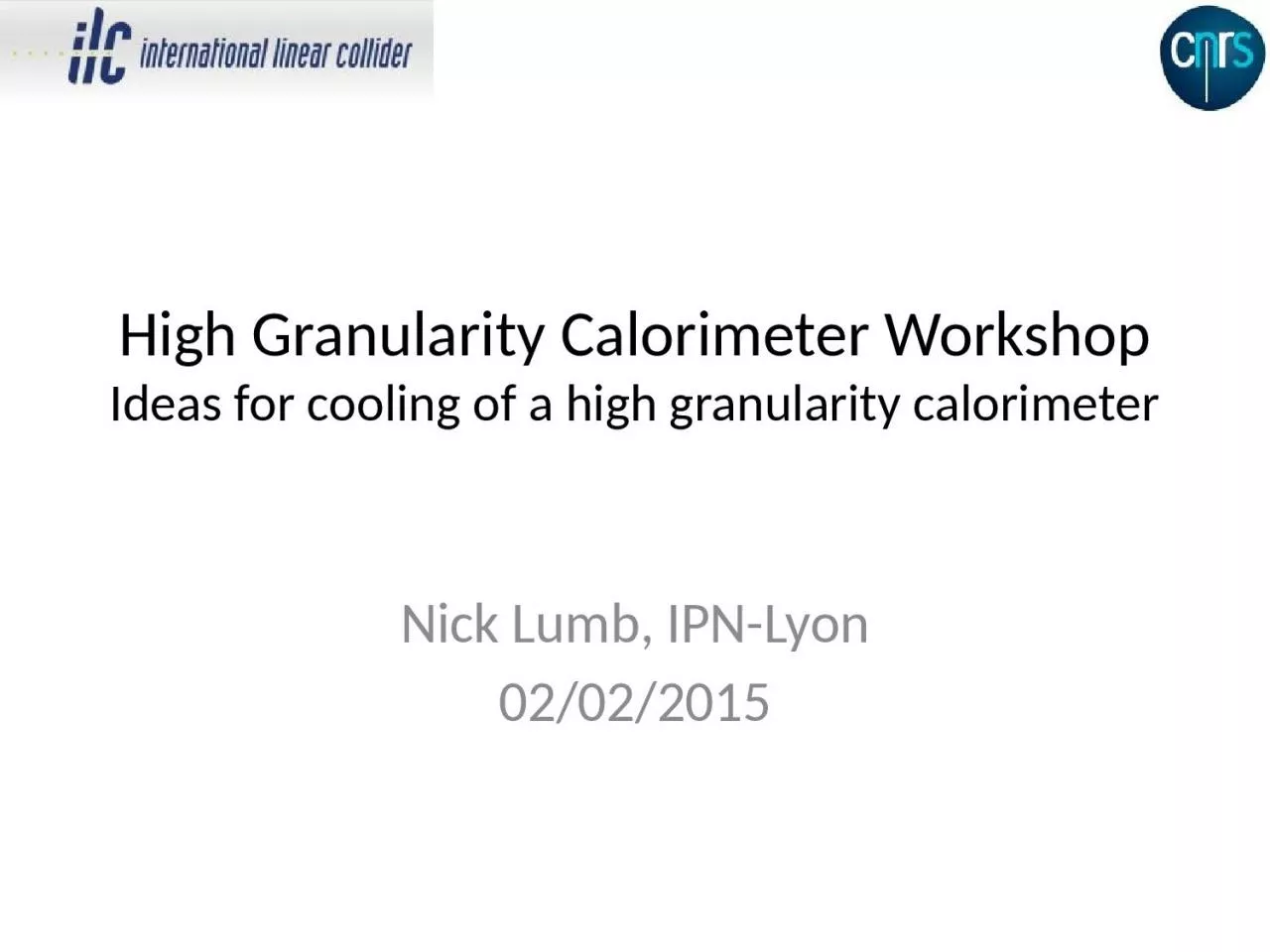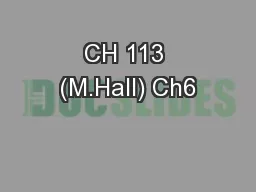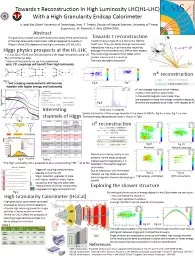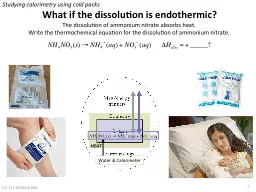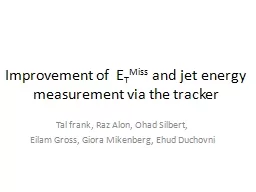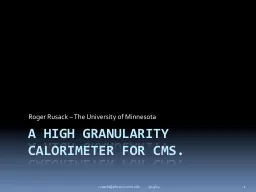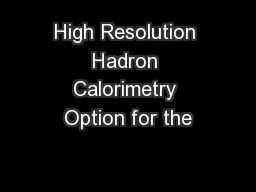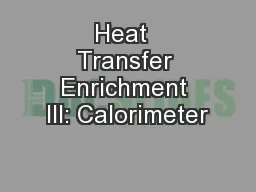PPT-High Granularity Calorimeter
Author : oryan | Published Date : 2024-01-29
Workshop Ideas for cooling of a high granularity calorimeter Nick Lumb IPNLyon 02022015 Example ILD SDHCAL 1 m Max 30m Chambers are 1 m in width maximum
Presentation Embed Code
Download Presentation
Download Presentation The PPT/PDF document "High Granularity Calorimeter" is the property of its rightful owner. Permission is granted to download and print the materials on this website for personal, non-commercial use only, and to display it on your personal computer provided you do not modify the materials and that you retain all copyright notices contained in the materials. By downloading content from our website, you accept the terms of this agreement.
High Granularity Calorimeter: Transcript
Download Rules Of Document
"High Granularity Calorimeter"The content belongs to its owner. You may download and print it for personal use, without modification, and keep all copyright notices. By downloading, you agree to these terms.
Related Documents

